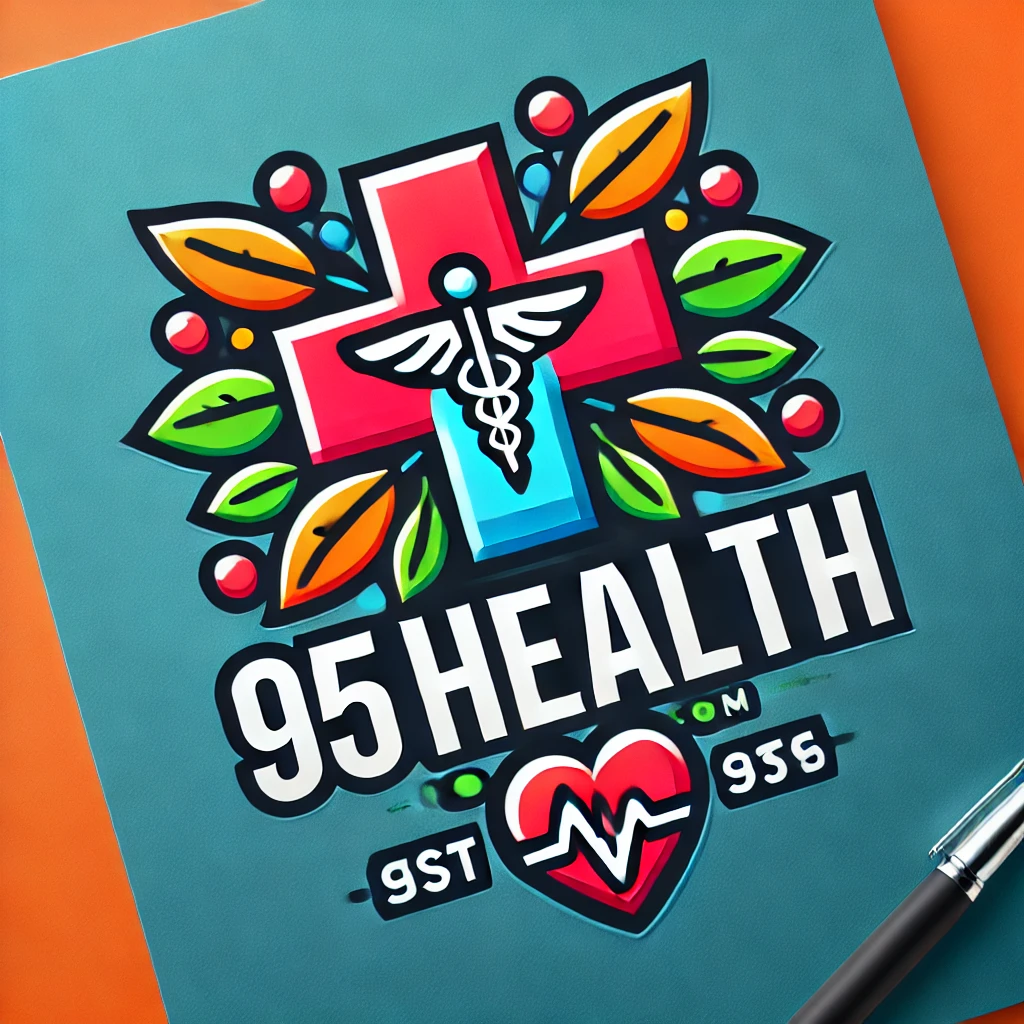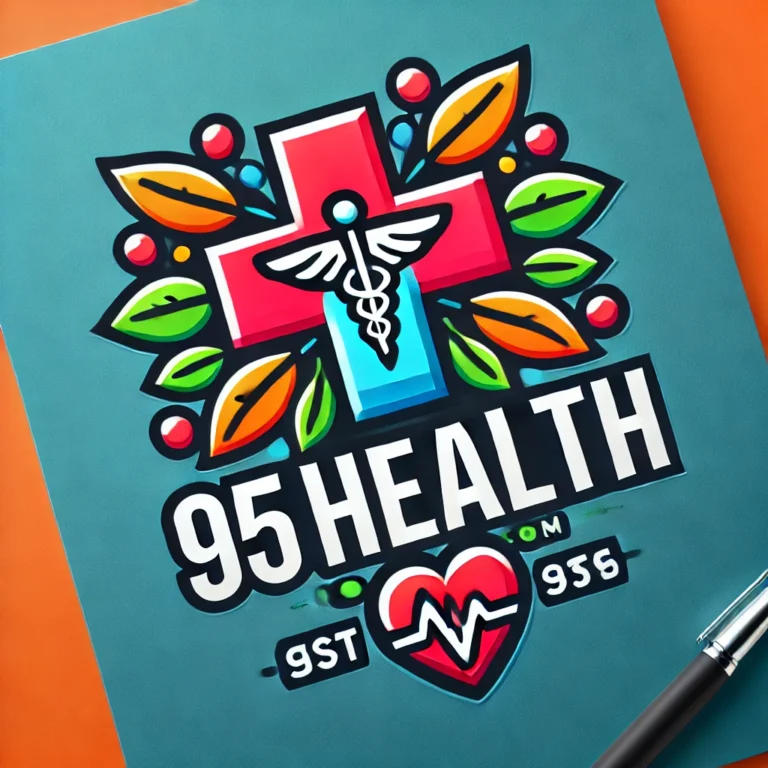Understanding the Impact of Extreme Heat on Headaches and Migraines
As summer temperatures soar, many people find themselves dealing with more than just sunburn and dehydration. Extreme heat can also trigger headaches and migraines, adding another layer of discomfort to already sweltering days. Understanding the connection between high temperatures and head pain can help you take steps to prevent and manage these debilitating episodes.
How Extreme Heat Triggers Headaches
Heat-induced headaches are primarily caused by the body’s response to high temperatures. When exposed to extreme heat, the body works harder to regulate its temperature, which can lead to dehydration and other physiological changes that trigger headaches.
Dehydration: One of the most common causes of heat-induced headaches is dehydration. When you don’t drink enough fluids, your body loses essential electrolytes, causing your brain tissue to shrink and pull away from the skull, leading to nerve pain. Symptoms of dehydration-related headaches include mild to moderate pain on both sides of the head, often accompanied by dizziness, fatigue, and muscle cramps.
Sun Exposure: Prolonged exposure to the sun can lead to photophobia, or sensitivity to light, which is a common trigger for migraines. This occurs because the part of the eye that transmits light to the brain can become overstimulated, causing discomfort and pain. People who are particularly sensitive to light may experience these headaches more frequently during the summer months.
Barometric Pressure Changes: Summertime thunderstorms and changes in atmospheric pressure can also trigger headaches. Even small decreases in barometric pressure can induce headaches by affecting the blood flow to the brain. This type of headache is often described as a steady ache that feels like a dull pressure around the head.
Physical Activity: Engaging in physical activities in hot weather can lead to heat exhaustion, a condition where the body overheats and cannot cool itself down effectively. Symptoms of heat exhaustion include heavy sweating, cold and clammy skin, and headaches. If not addressed, heat exhaustion can progress to heatstroke, a life-threatening condition.
Symptoms of Heat-Induced Headaches and Migraines
Symptoms of heat-induced headaches can vary, but they typically include:
- Mild to moderate pain on both sides of the head
- Pain that worsens with physical activity
- Consistent, dull pain rather than throbbing
Migraines triggered by heat, on the other hand, may present more severe symptoms such as:
- Moderate to severe throbbing or pulsing pain on one side of the head
- Sensitivity to light, sound, and smells
- Nausea and vomiting
- Pain that worsens with movement
Preventing and Managing Heat-Induced Headaches
Taking proactive steps can help prevent and manage headaches triggered by extreme heat. Here are some strategies to consider:
Stay Hydrated: Drinking plenty of water is crucial to prevent dehydration, which is a primary cause of heat-induced headaches. Aim to drink at least eight glasses of water a day, and more if you are spending time outdoors or engaging in physical activity.
Seek Shade and Cool Areas: When temperatures are high, try to stay indoors or in shaded areas as much as possible. Use fans or air conditioning to keep cool. If you need to be outside, wear a wide-brimmed hat and lightweight, loose-fitting clothing to protect yourself from the sun.
Monitor Weather Conditions: Be aware of weather forecasts, especially if you are sensitive to changes in barometric pressure. Planning outdoor activities during cooler parts of the day, such as early morning or late evening, can help you avoid the peak heat.
Use Pain Relief Medications: Over-the-counter pain relievers, such as ibuprofen or acetaminophen, can help alleviate headache pain. For those who suffer from migraines, prescription medications like triptans or preventive medications such as beta-blockers may be necessary.
Adopt Healthy Lifestyle Habits: Regular exercise, a balanced diet, and adequate sleep are important for overall health and can reduce the frequency of headaches and migraines. Avoiding known migraine triggers, such as certain foods and stress, is also beneficial.
When to Seek Medical Attention
While most heat-induced headaches can be managed with hydration and rest, there are times when medical attention is necessary. Seek help if:
- Your headache is severe and sudden
- You experience symptoms like confusion, slurred speech, or weakness
- Your headache is accompanied by nausea and vomiting that does not subside
- You notice a change in neurological function
If you experience any of these symptoms, it is important to call 911 or go to the nearest emergency room immediately.
Coping with Extreme Heat
Extreme heat is a challenge, but by taking preventive measures and understanding how heat affects your body, you can reduce the risk of headaches and migraines. Always listen to your body and take breaks to cool down when needed. Staying hydrated and avoiding peak heat hours can significantly help in managing and preventing heat-induced headaches.




